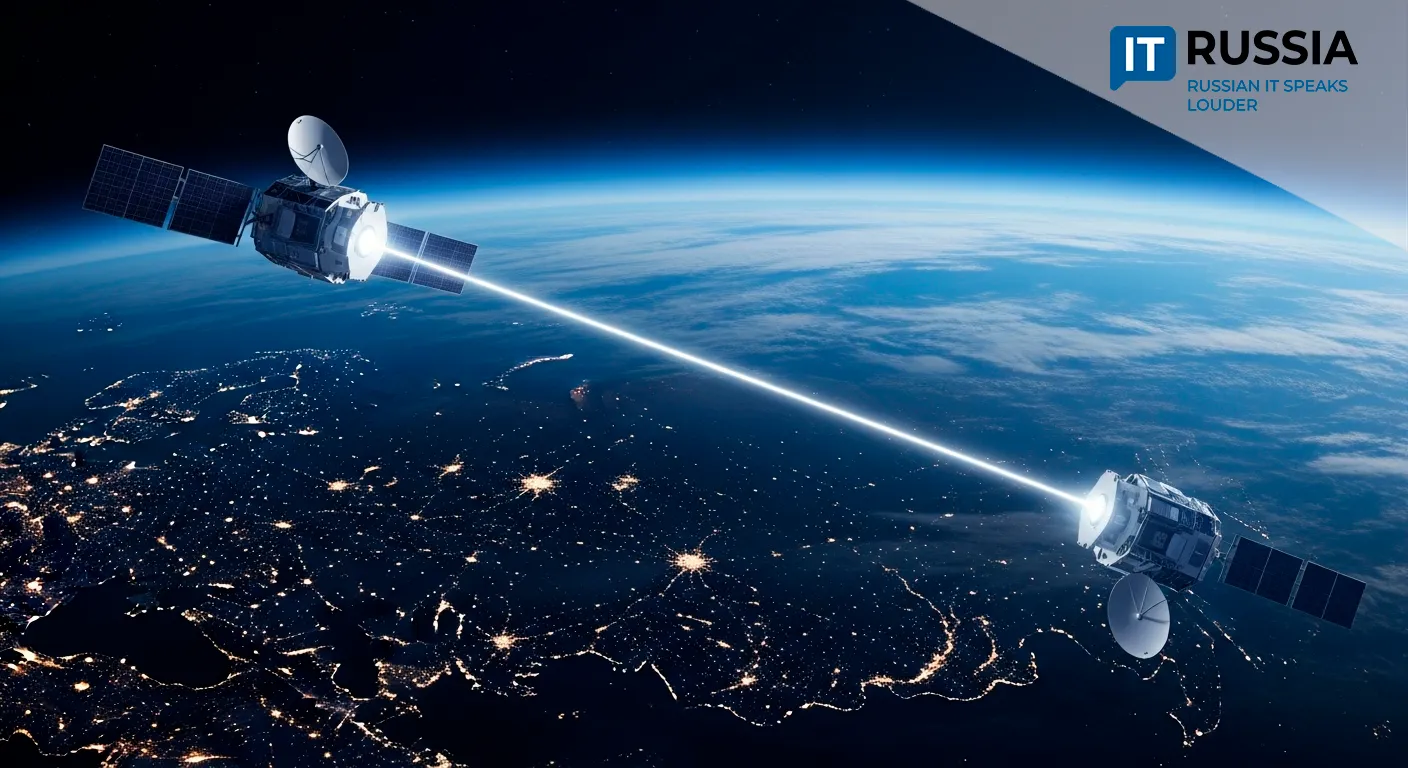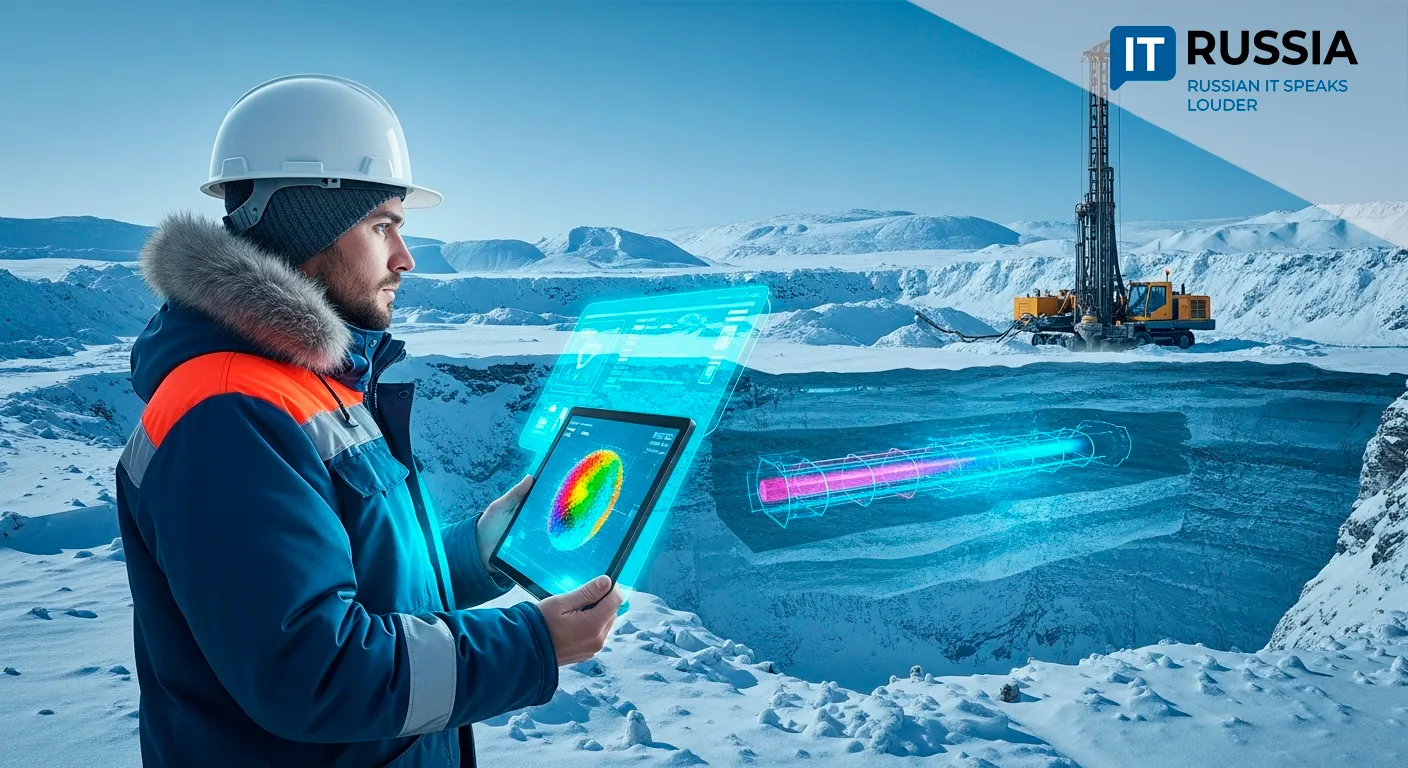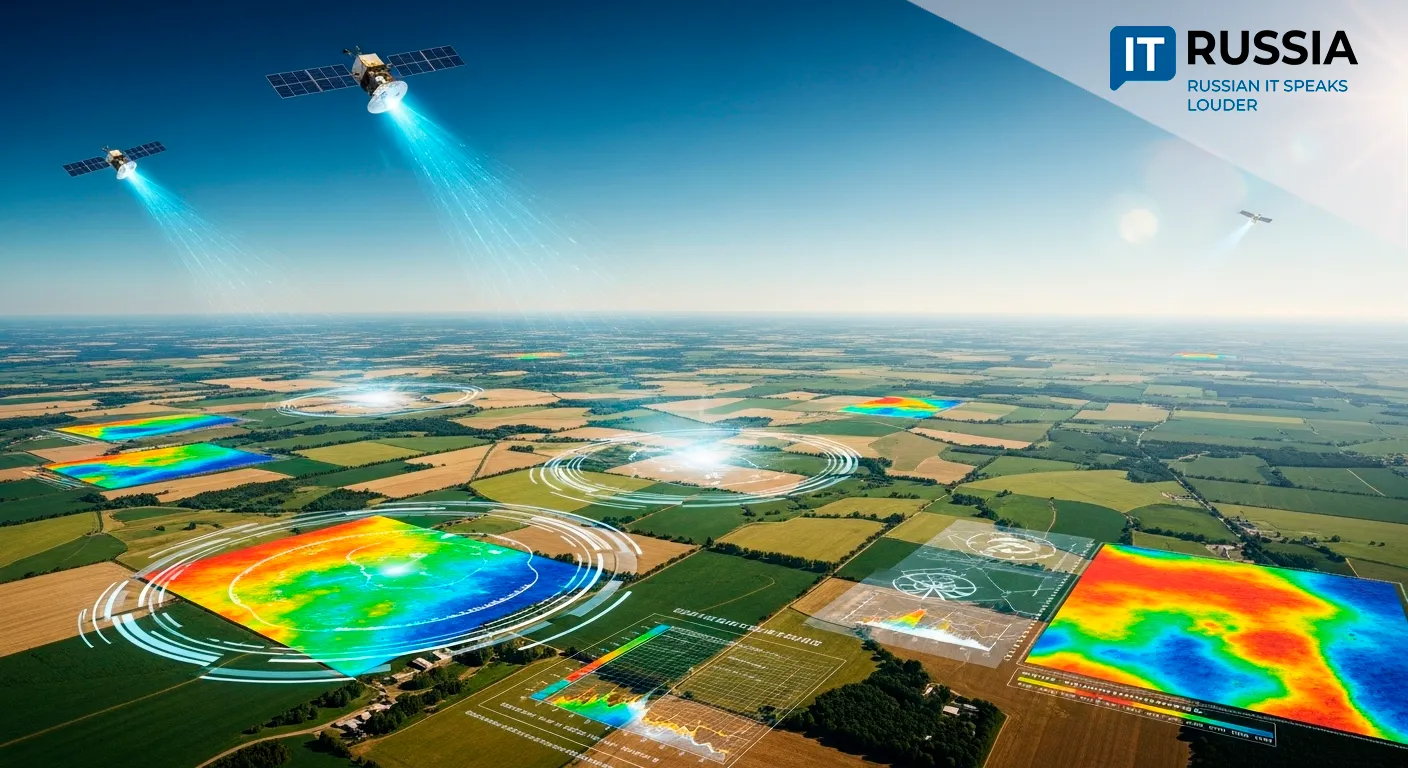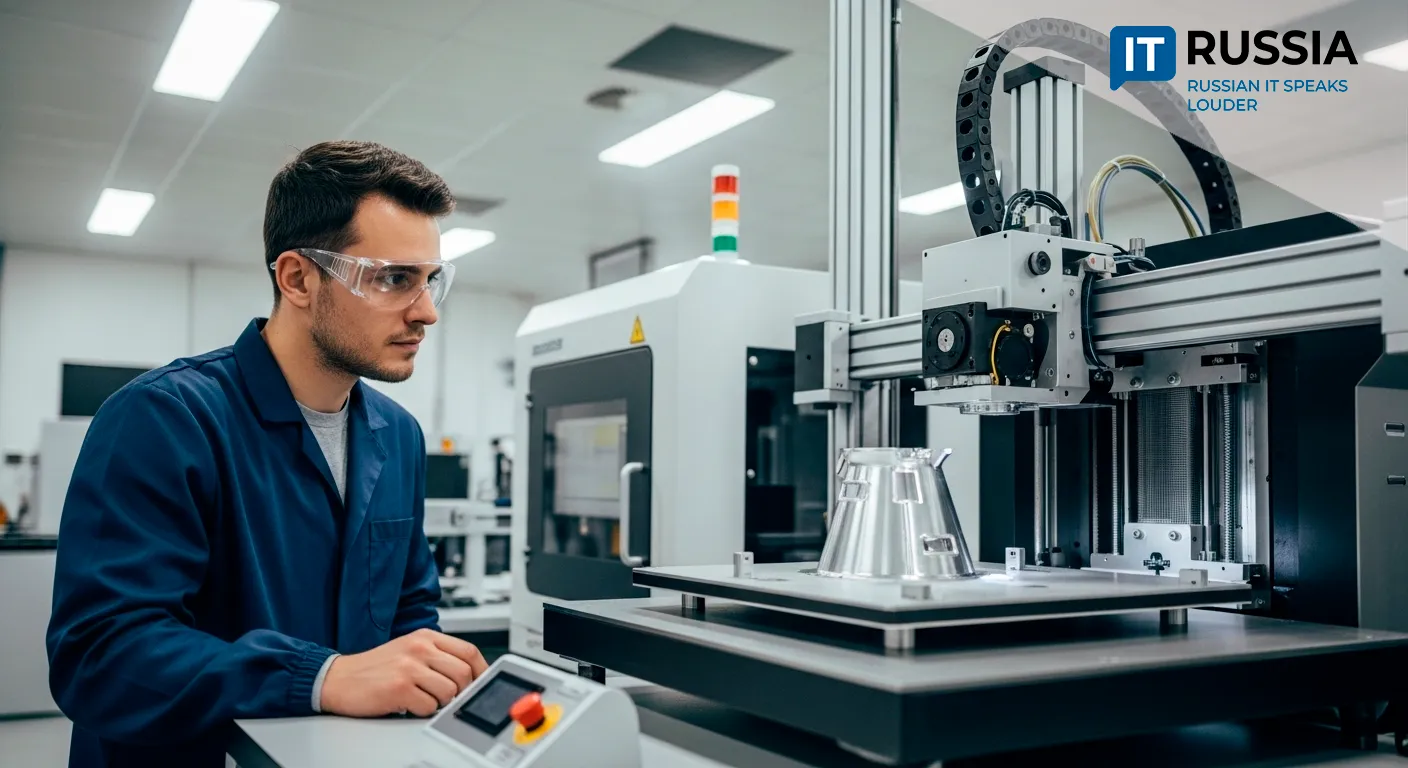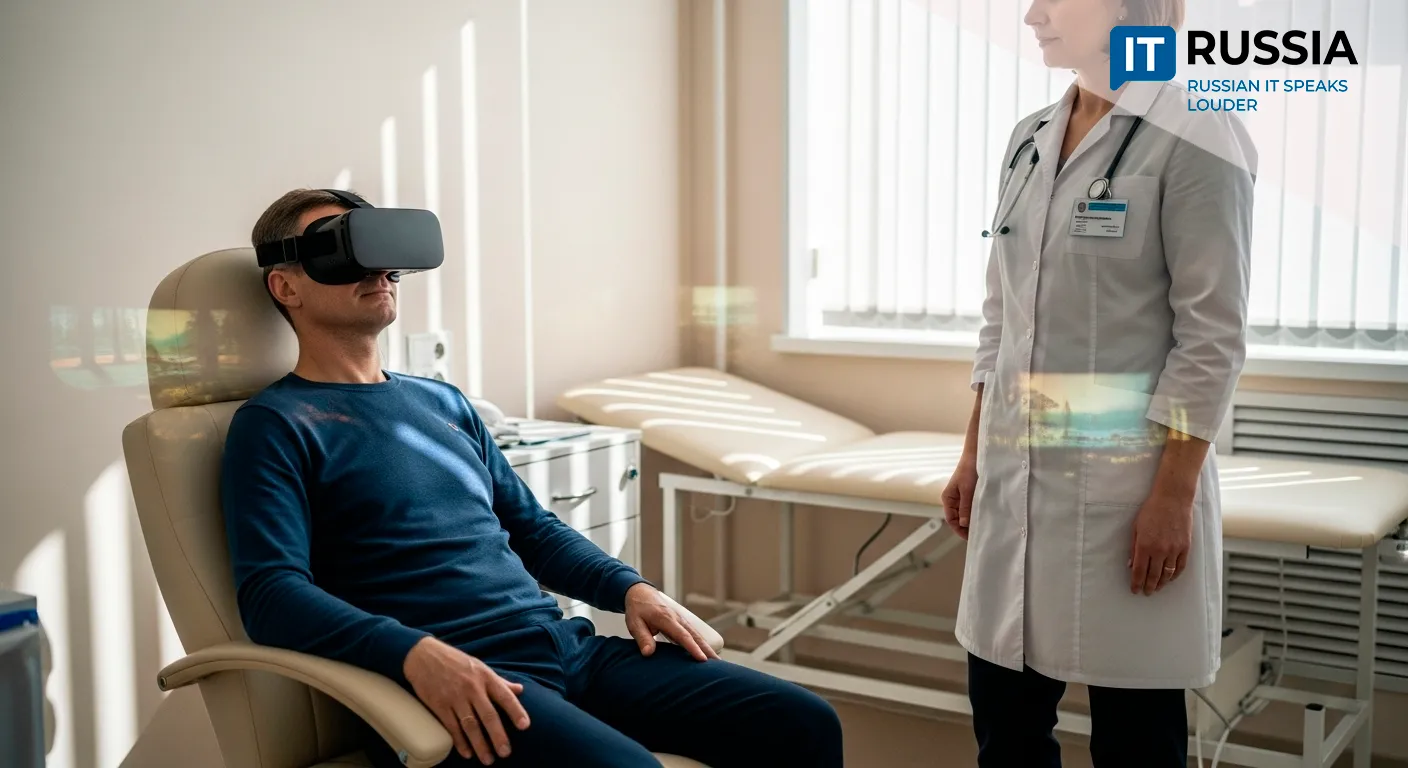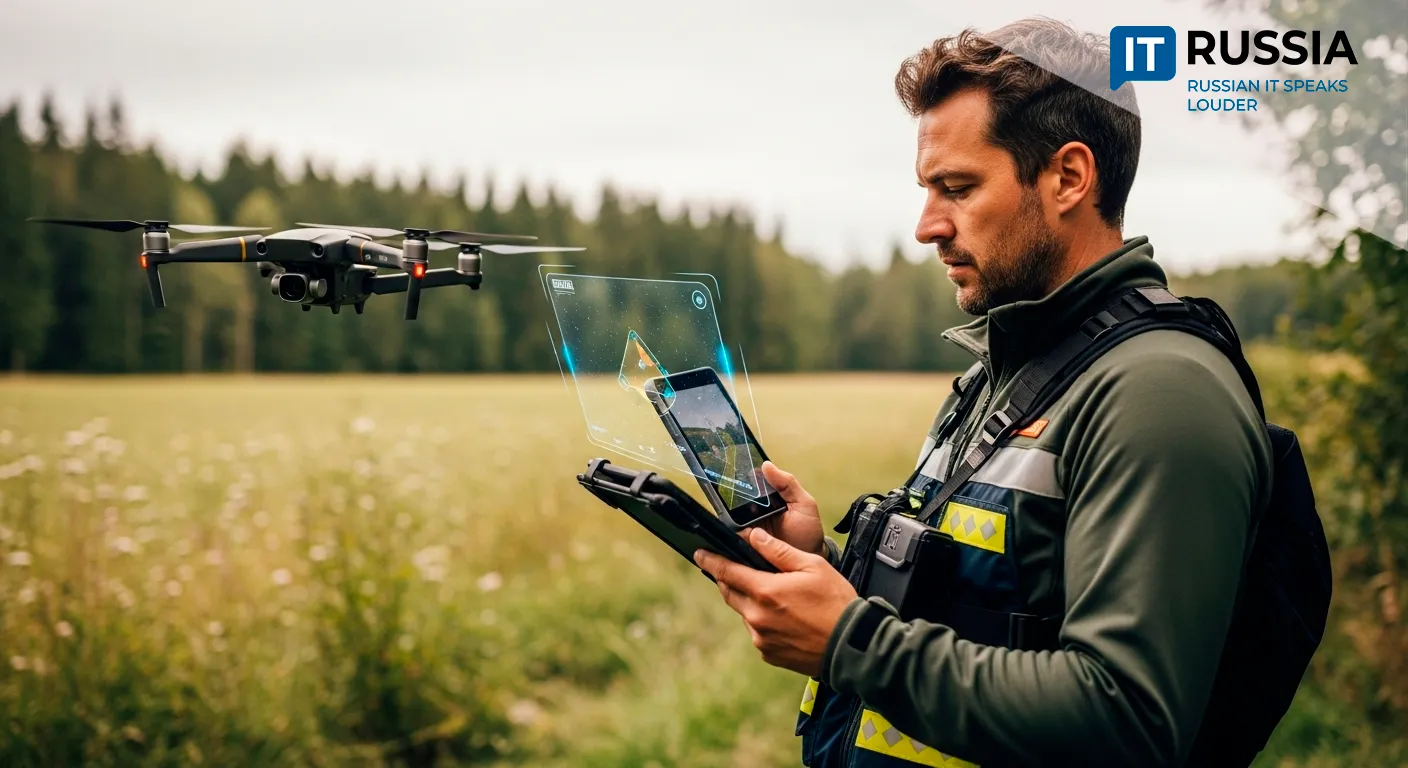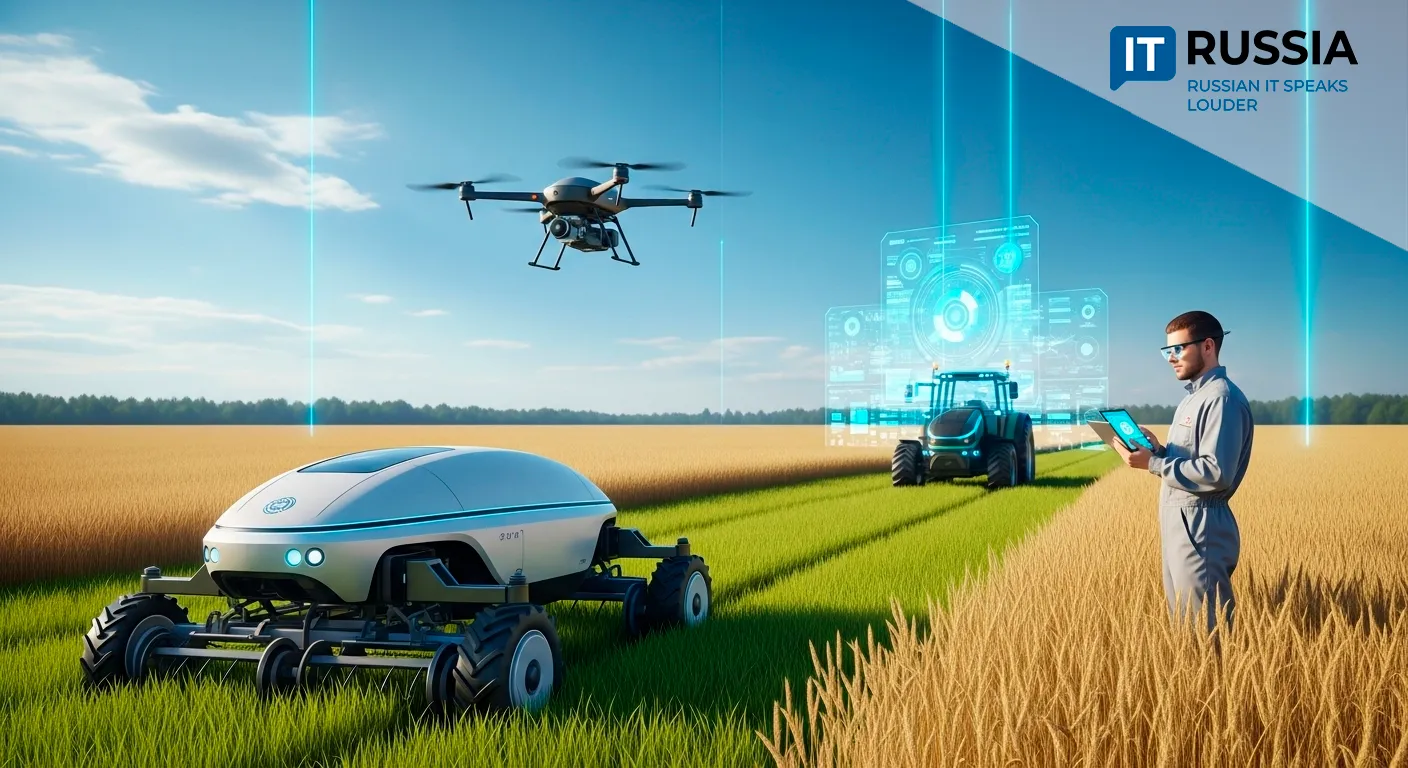Breaking Through the Fog: Russian Technology Enables Navigation in Zero Visibility
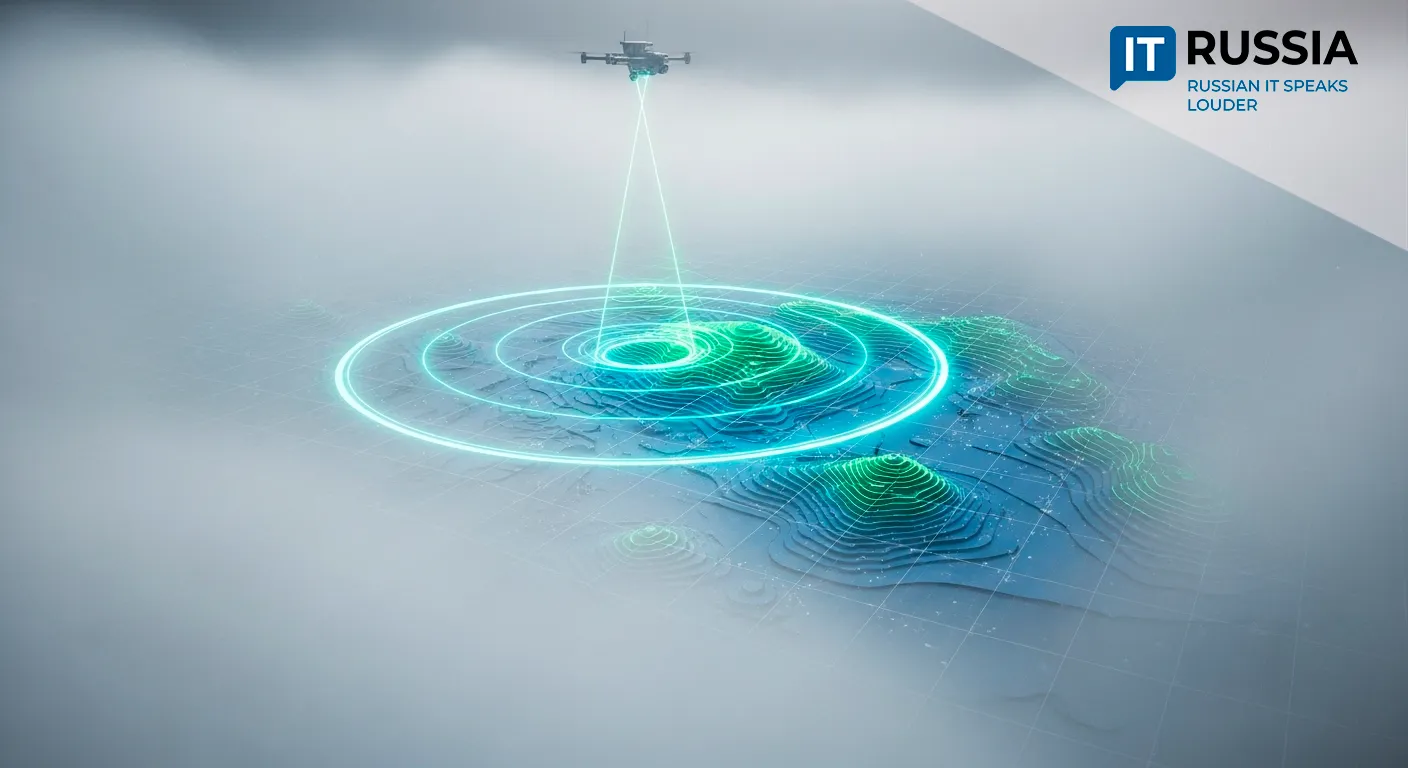
A new high-frequency depth-mapping system developed by scientists in Tomsk promises to enhance transportation safety in smoke, fog, and underwater conditions.
Navigating the Unseen
Researchers from Tomsk State University of Control Systems and Radioelectronics (TUSUR) have unveiled an advanced optical system capable of generating high-precision depth maps in low-visibility environments. The device operates at up to 50 frames per second, enabling safe navigation at speeds of up to 40 km/h.
This makes it indispensable in environments filled with smoke, fog, or even water. The system represents a major leap not just in technological innovation but also in strategic infrastructure. For the Russian IT sector, it’s a breakthrough toward leadership in autonomous navigation. For the state, it reinforces technical independence and safety. For global markets, it offers an affordable alternative to high-cost imported LiDAR systems.
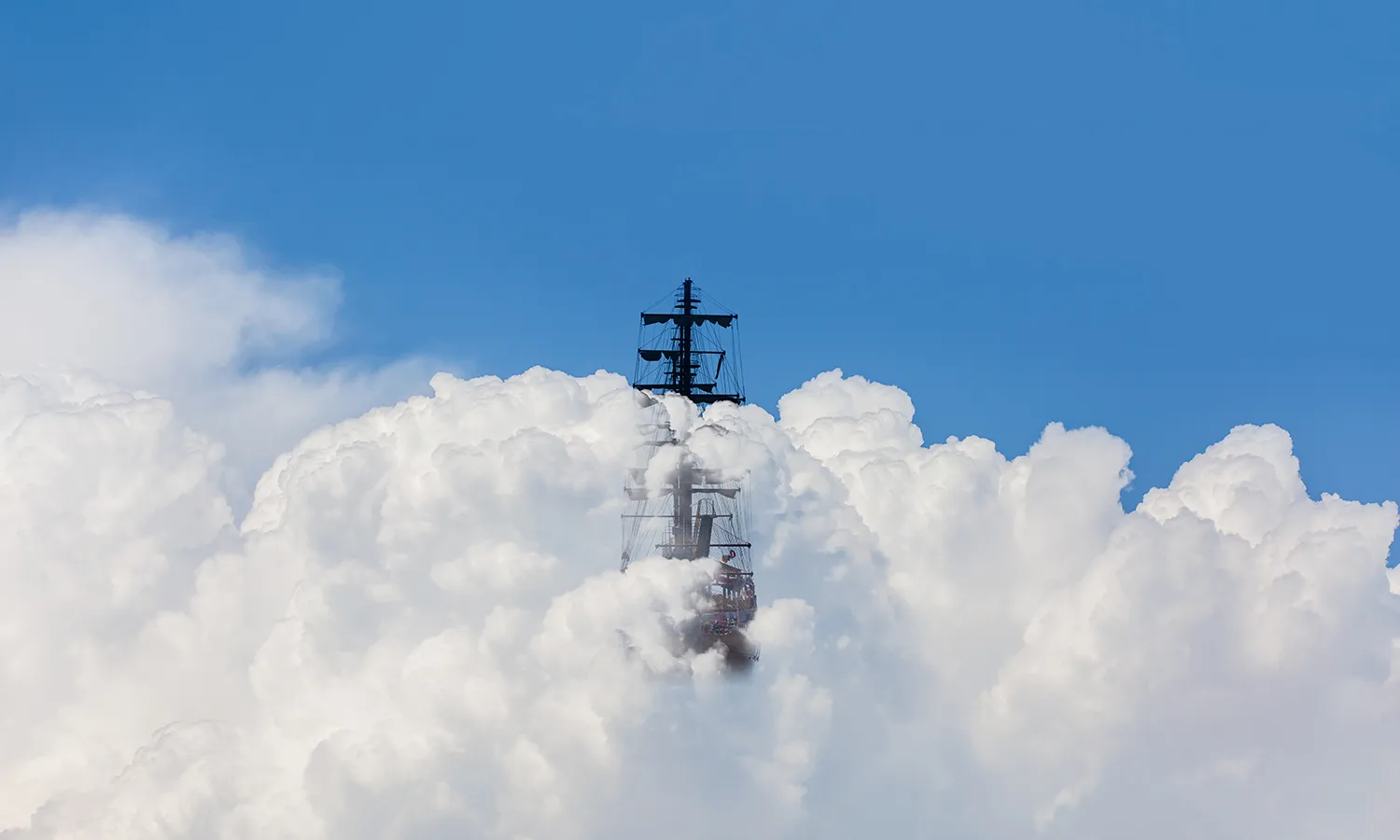
Versatile and Scalable Applications
Beyond precision, the technology is notable for its adaptability. It can be integrated into various sectors of transportation and logistics—from automotive ADAS systems to aerial and maritime drones. Its high frequency and accuracy enable real-time applications, which are critical during firefighting, low-visibility operations, and underwater missions.
The system is highly scalable: it can be deployed for industrial uses such as freight, marine logistics, and security, as well as in personal gear like firefighter helmets or navigation visors.
This innovation not only boosts Russia’s technological advantage but also opens up new export opportunities. Countries prone to frequent natural disasters—such as Japan, Indonesia, and the United States—have growing demand for such systems.
Compared to global alternatives from firms like Velodyne, NVidia, or various European startups, the TUSUR system stands out with its data accuracy and processing speed. Where international solutions often fall short in precision, the Russian system’s high-frequency active-pulse approach enables visibility under extreme conditions.
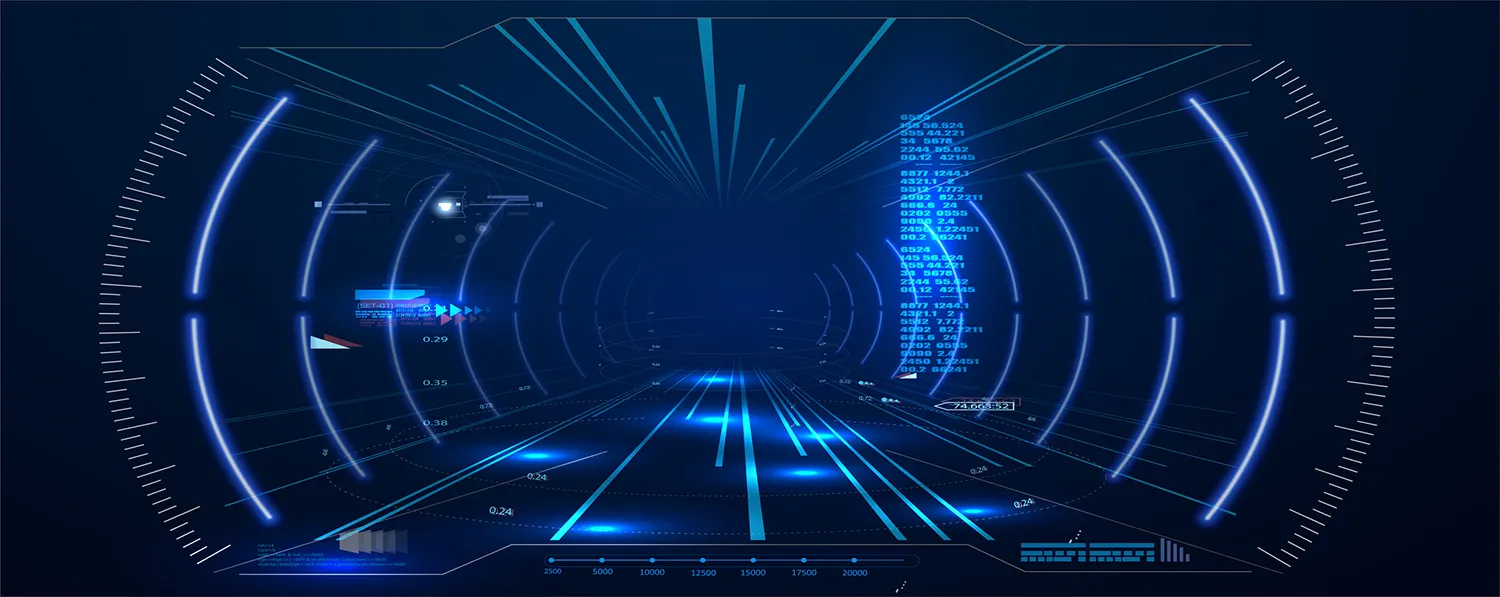
Building on Domestic Expertise
Russia has previously attempted to develop domestic LiDAR technologies. Companies like RoboCV have worked on autonomous vehicle navigation, while between 2022 and 2024, neural network–based systems were developed for the Ministry of Emergency Situations (EMERCOM), including fire source detection tools.
These projects received systematic support through Russian Science Foundation (RSF) grants, laying the groundwork for both scientific breakthroughs and practical implementation.
Toward Technological Sovereignty and Export
TUSUR’s development is more than just another prototype. It’s a strong candidate for becoming a standard tool in emergency response, autonomous transportation, and logistics operations. The system’s superior performance under poor visibility conditions makes it competitive even against major global brands.
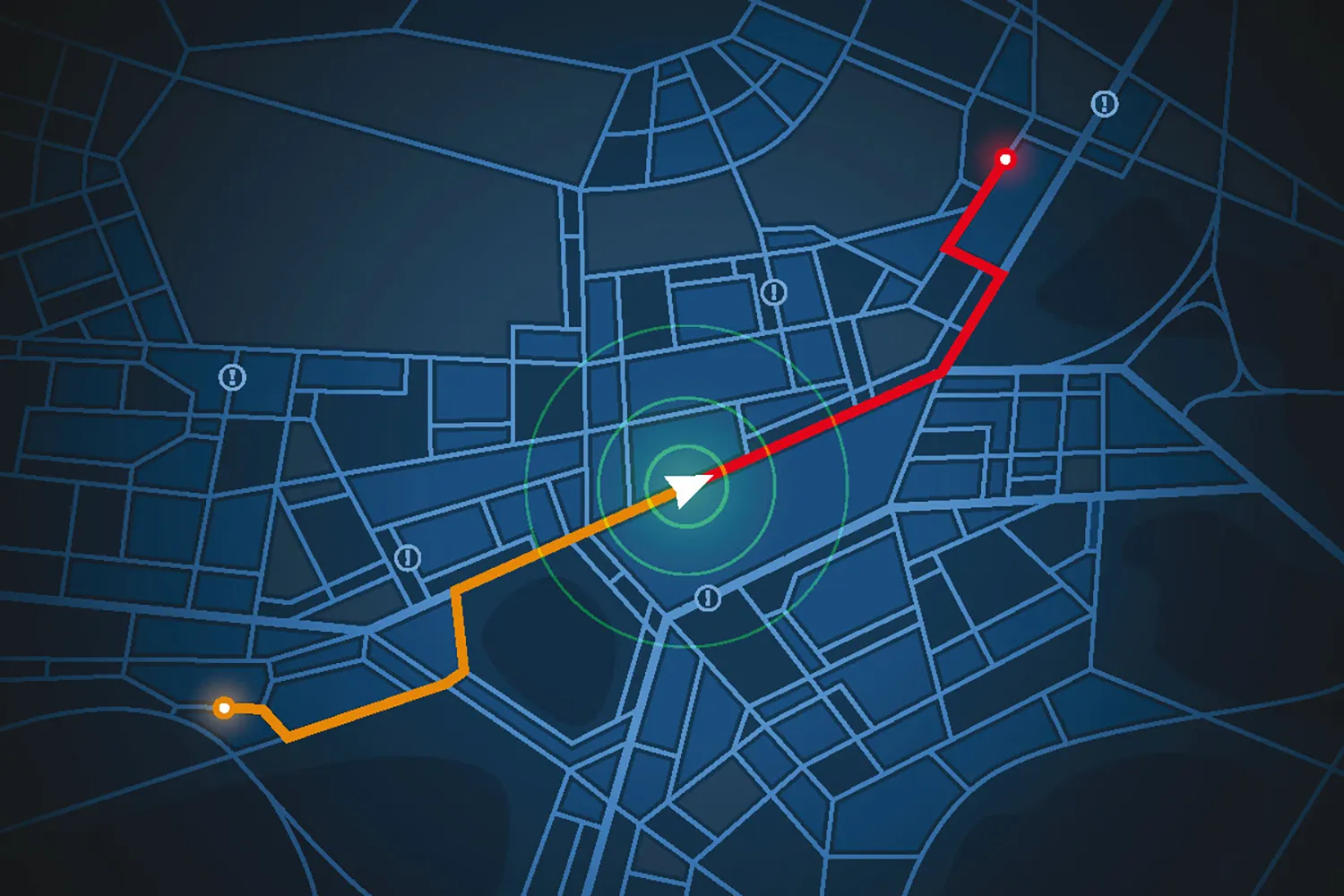
The next one to two years will focus on testing in extreme conditions, certification, and preparation for industrial production. Developers also plan to present the system at international expos such as CES and INNOPROM.
Looking ahead to the next three to five years, the roadmap includes building a domestic ecosystem for optical navigation that integrates artificial intelligence.
This project is yet another step in Russia’s pursuit of digital sovereignty and its entry into the ranks of high-tech exporters in the transport and logistics sector.



